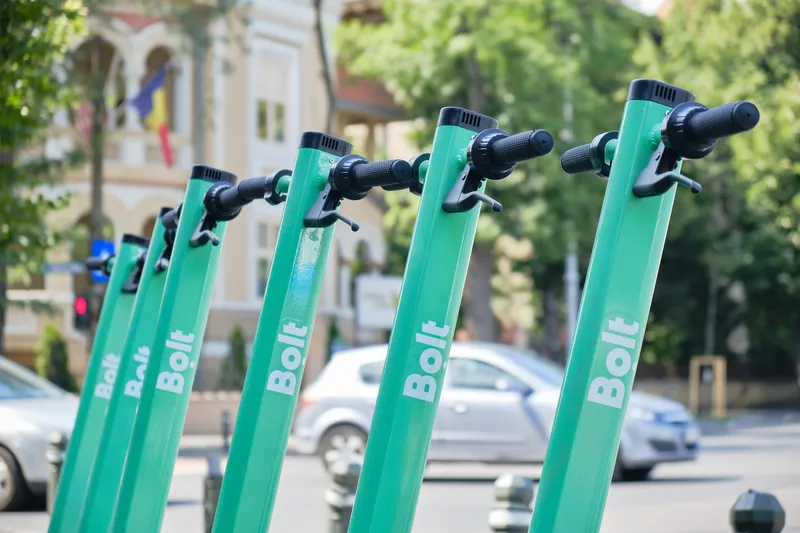
Following completion of on-street trials, Yunex Traffic has launched the Yutraffic Actis traffic signal range as a replacement for its Helios signals solution.
Yunex said that Actis signals are 50% lighter and consume 50% less energy, producing “a real step change in sustainability, technology, value, and performance”.
Actis will enable local authorities to further reduce the use and cost of energy, improve installation and maintenance efficiencies, including reduced on-street disruption, and reduce their carbon footprint.
The product features a predominance of plastic body parts, with its aspect bodies, rear hatches, doors and backing boards, all manufactured from 100% recycled materials. There are no combined parts; at the end of its life the components can be separated into different material types to allow 100% recycling.
A completely new optical system uses the latest LED technology. There is a coloured outer dome lens and a highly-optimised series of lenses to allow the focusing of light on the desired location, minimising the need for vertical adjustment.
To ensure easy installation and minimum on-street disruption, Actis features a completely new pintle and bracket mounting system. This means that signal heads can be quickly mounted and positioned closer to the pole, providing a cleaner, enhanced appearance.
Actis signal heads can also be retrofitted to existing installations, enabling authorities to benefit immediately from the product’s power savings and carbon reductions. This allows them to replace any existing halogen lamp units with the next generation of efficient LED technology, staving off any operational threat from the obsolescence of halogen lamps. The reduction in product weight of around 50% means that handling Actis on site is safer, faster and easier, leading to less traffic disruption during installation phases.
“Actis sets new industry standards, with innovation evident in every element of the product’s design and performance,” said Wilke Reints, managing director of Yunex Traffic in the UK. “From new optical and mounting systems to the unibody design and reduced power consumption, Actis delivers sustainability, performance and cost benefits at every stage.”
The complete unit will be manufactured at Yunex Traffic’s production facility in Poole, southern England.








